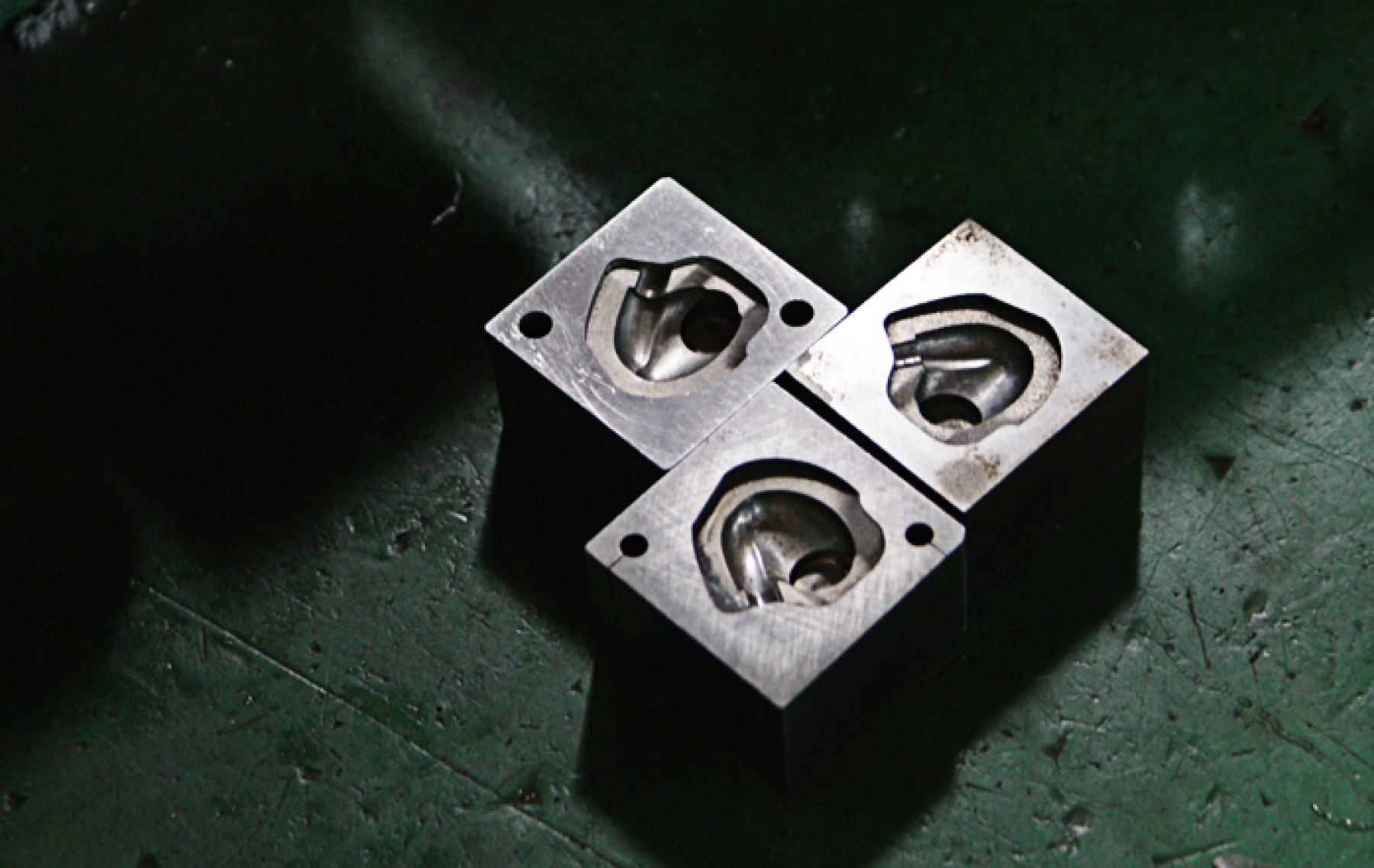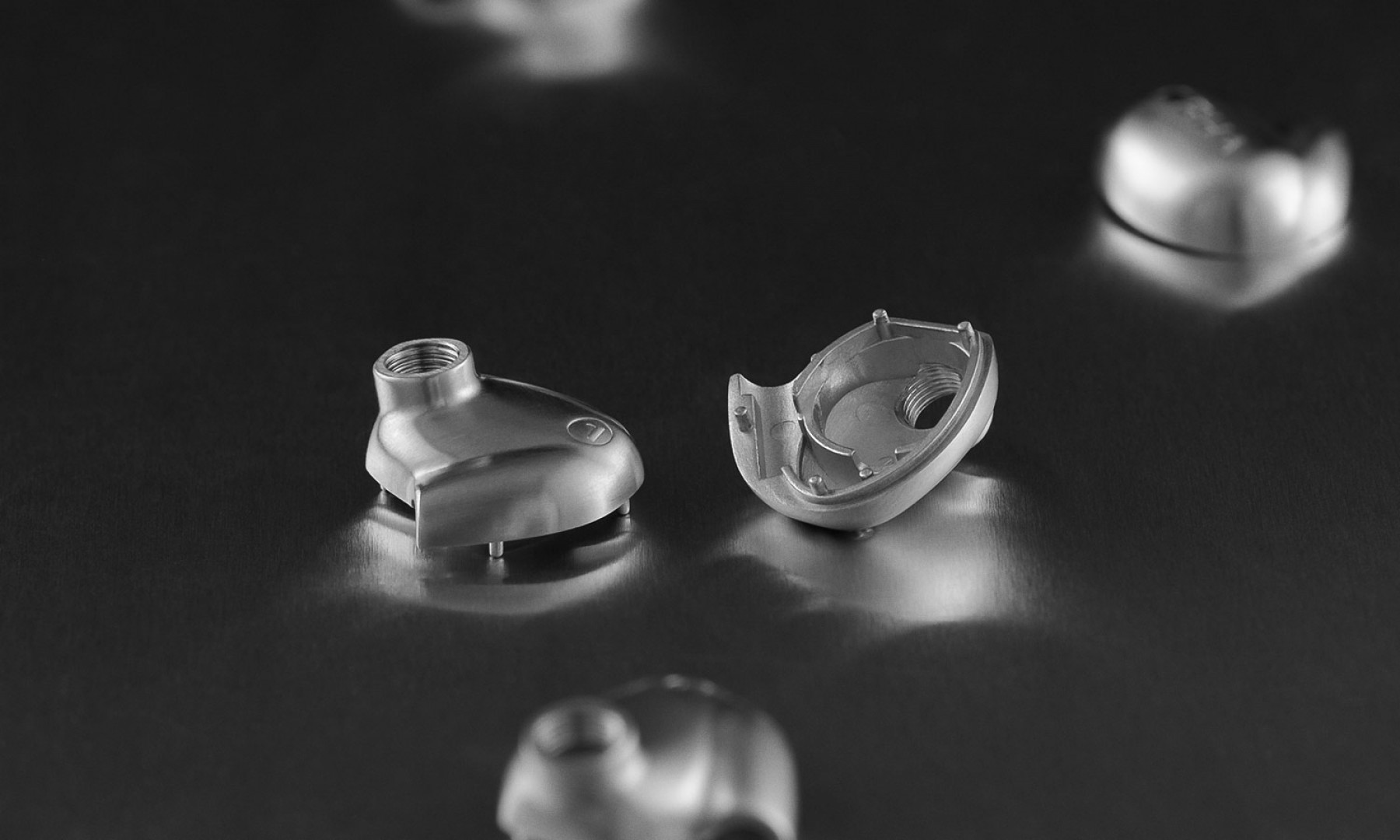WELL THAT CHANGES TODAY. We’ve assembled a team of our material all-stars below, with some Entirely True Facts about each. Learning can be fun!
ABS
The very catchily-titled acrylonitrile butadiene styrene is a thermoplastic used for, well everything. We use it as the lightweight-yet-robust casing for the TrueConnect. Unlike metal, it doesn’t interfere with the radio waves required to operate Bluetooth headphones – particularly smaller, true wireless Bluetooth headphones that cram a lot of very important electronic components in a very small space. This is why you generally don’t find many true wireless buds that are embellished with (real) metal.
Where will you have come across ABS before? Lego. Lego blocks are all moulded from ABS – it’s incredibly easy to colour and mould, and then turn into a fire engine or a pirate ship or a magic castle or a spaceship. The fact that you can step on a Lego block in the night and break your foot but not the block is testament to its strength.
Aluminium
Well, aluminium alloy. Many RHA headphones have used 6063 aluminium. Like a good blended whisky (they do exist), aluminium alloy contains a mix of ingredients that create a fine balance. Unlike a good blended whisky, you shouldn’t drink aluminium alloy, in any form. This mix helps with machining, anodising and polishing – useful for us – and is durable and PRETTY – useful for you.
Out in the wild, you’ll find this particular version in building materials, extreme sports equipment, and aircraft (remember them?).
Steel
Many of our classics are cut or moulded from stainless steel – 303F grade to be exact.

To make the T20i and T20 Wireless, we heat it to 3000 degrees - until it’s liquid - then pour it into a mould. To top it all, we literally blast it with plasma in a vacuum to paint it black. What we’re saying here is: steel is strong. It’s really strong. You might think you’re strong, but you’ve got nothing on steel until you can be blasted with actual plasma in a literal vacuum. Please do not try this at home.
Silicone
As we’ve written before, silicone is a fundamental and much-overlooked part of using your headphones; it’s what ensures that you shut out the outer world. It also sadly deprives the outer world of the bassline and high-hat in whatever music you’re listening to, much to the disappointment of everyone in your house/plane cabin/train carriage.
Our fun fact about silicone is that it’s not be confused with silicon DESPITE BEING 88 PERCENT THE SAME WORD. Silicon is the naturally occurring element that makes up much of the material universe – it’s the seventh most common element in existence. It spends much of its time being, for example, a very important part of the Earth’s crust, so requires a bit of work before you can put it in your ear.
This week's witty-theme-related-playlist is metal (sorry!) tracks:


